Memphis architecture is making a dynamic comeback
Our architectural love letter from Memphis explores the American South city's dynamic built environment scene
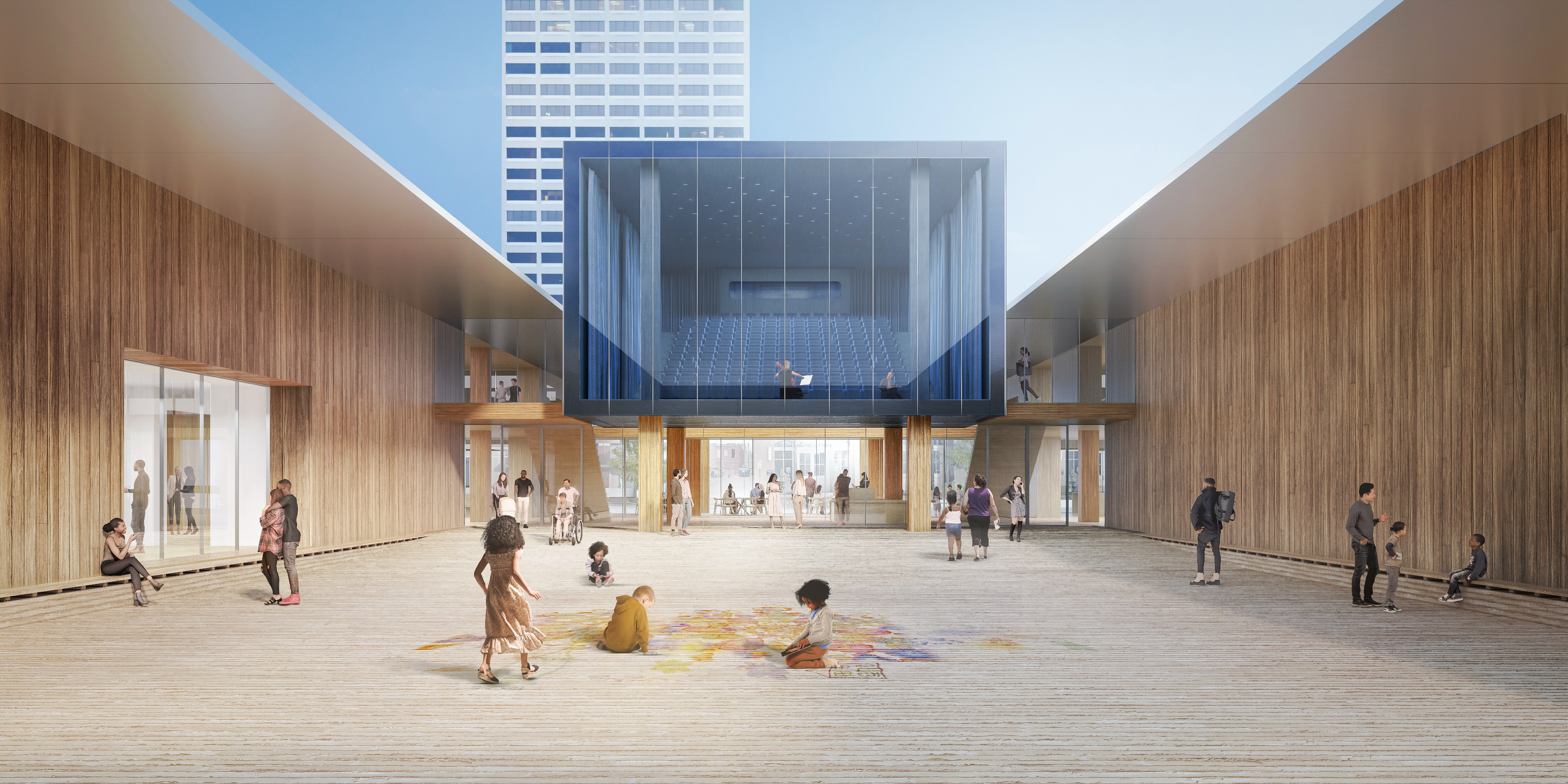
Memphis is a city that shows its scars. This once vibrant Tennessee hub fell on hard times, following the assassination of Dr Martin Luther King here in 1968 and the subsequent unrest. A mass exodus of businesses hollowed out the heart of its downtown, where for decades, haunting sweeps of the city became a ghost town. But time is gradually healing the wounds and it's the revival of Memphis’ neglected buildings that’s proving particularly therapeutic. Derelict shells are being reimagined as cultural and community cores. A historically significant church is rising from the ashes as a pivotal civil rights site. And this Memphis architecture renaissance is attracting world famous names to the table, including Herzog & de Meuron and Studio Gang. This iconic music city is finally singing a new song, or at least adding some new riffs to its storied landscape.
New and upcoming Memphis architecture
Memphis Brooks Art Museum, by Herzog & de Meuron and Archimania
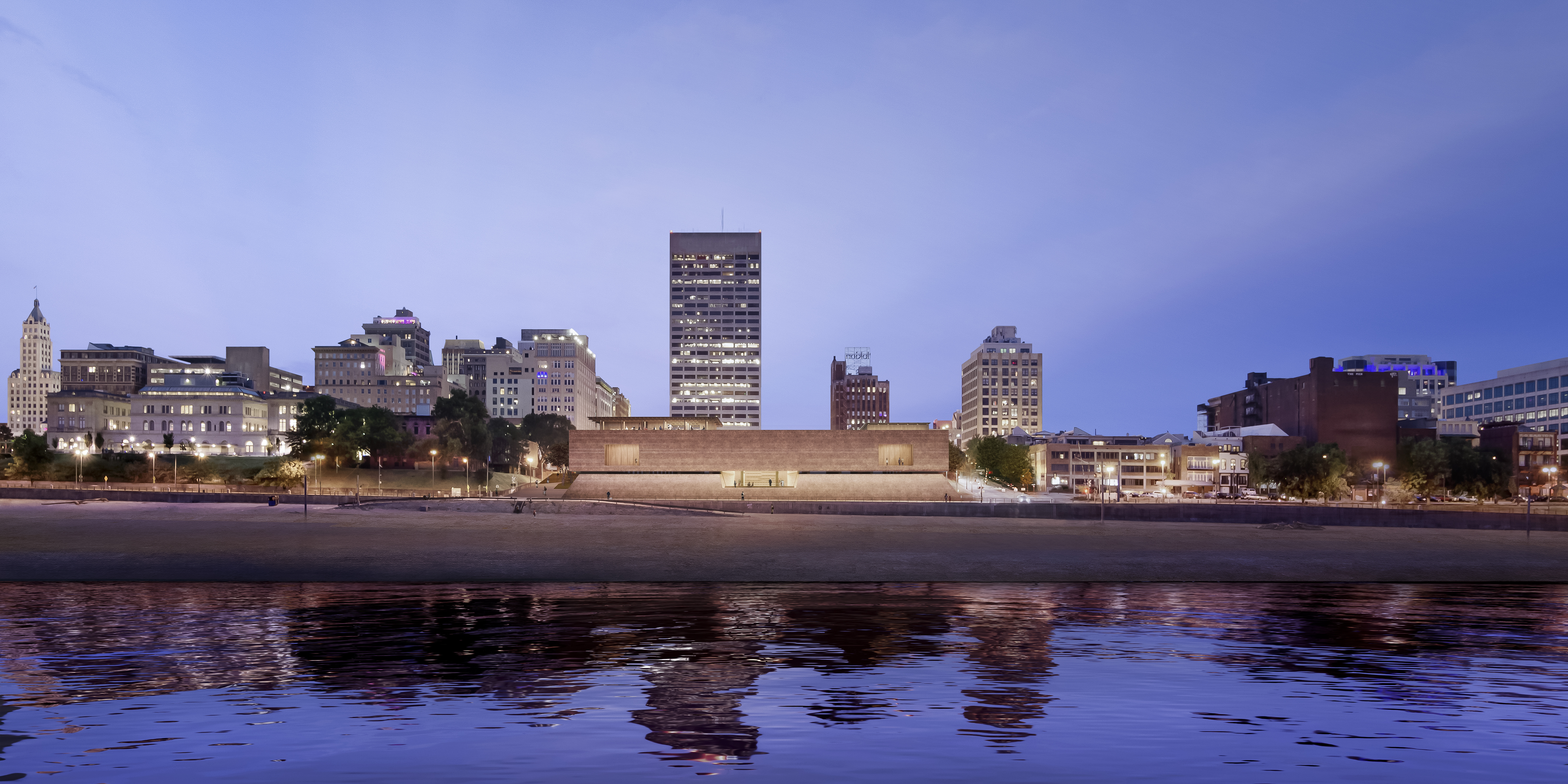
Offering a serious boost to Memphis’ regeneration efforts, Herzog & de Meuron and Memphis-based architects Archimania have unveiled their vision for the city’s new art complex, located in the downtown area overlooking the Mississippi River. Due to open in 2026, the structure will include a 175-seat glass box theatre overlooking a wooden-clad courtyard, exhibition spaces on the upper floor and a roof deck offering panoramic views of Memphis.
Tom Lee Park, Studio Gang and Scape
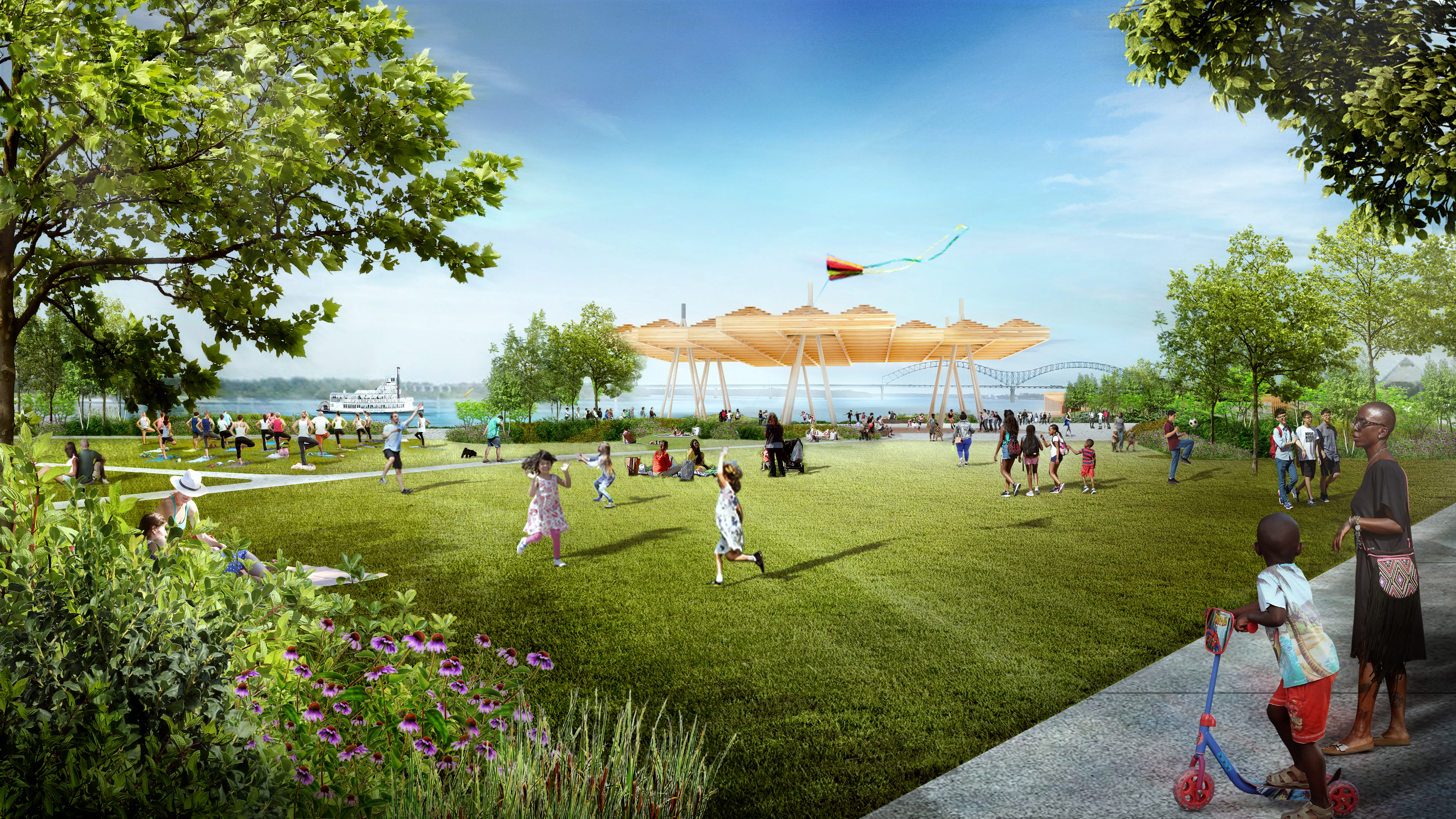
Forming part of a larger regeneration of six miles of its waterfront, Tom Lee Park will transform a largely barren strip of land into a network of community spaces for year-round use, with an adventure park, kinetic boardwalk and river-edge pavilions, due to open in 2023. The park also commemorates Tom Lee, an African American man who rescued 32 people from drowning, and aims to create a historic walking loop with the nearby National Civil Rights Museum.
Historic Clayborn Temple, by Self + Tucker
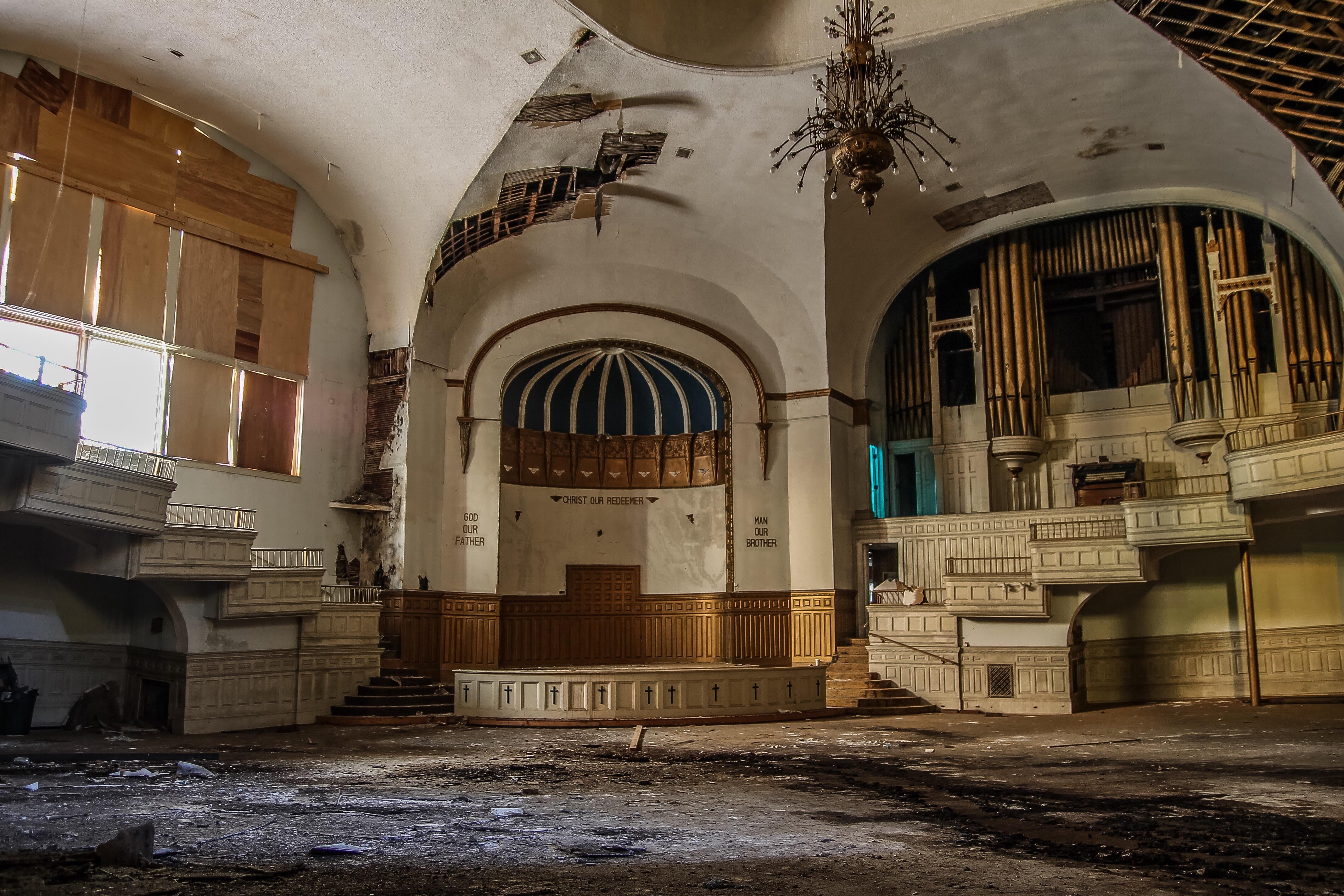
As a rallying point for the sanitation workers’ strike of 1968, this Romanesque Revival church played a crucial role in the civil rights movement but was later left vacant for a decade. Its rehabilitation is spearheaded by local architects Self + Tucker, who are major players in Memphis’ revival, alongside cultural strategist Anasa Troutman. She says: ‘Memphis could be a pilot for the future of America. There’s an opportunity here to get race and class right, so we all have communities that feel joyful and abundant.’ Work is currently underway to transform Historic Clayborn Temple into a community space and a key site on the civil rights trail, opening 2024.
Crosstown Concourse, Looney Ricks Kiss in association with Dialog
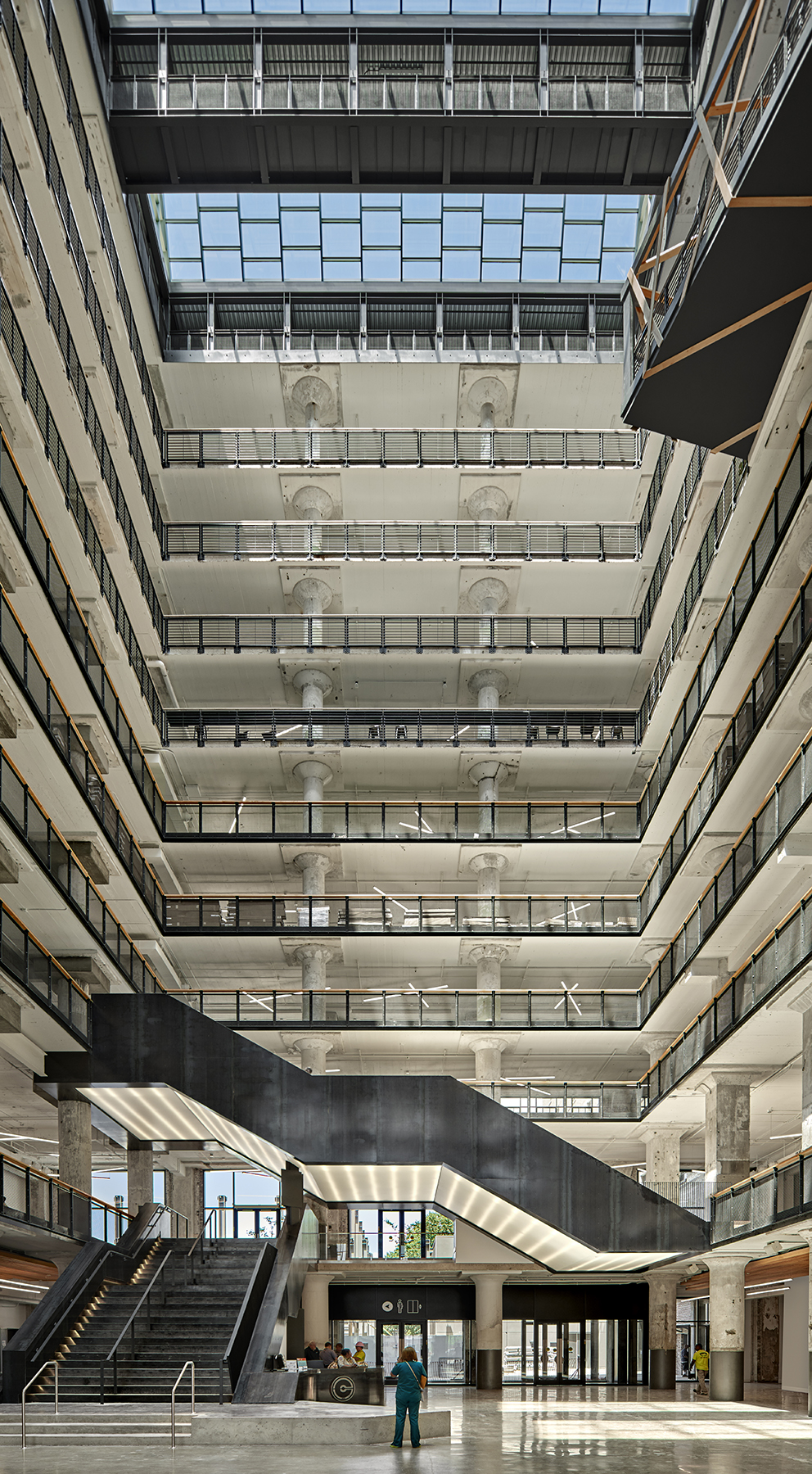
This former Sears distribution centre sat abandoned for 20 years, narrowly missing a visit from the wrecking ball. Its saviour was a tenacious local historian named Todd Richardson, who championed its metamorphosis into Crosstown Concourse: an ambitious 1.3-million-sq-ft vertical urban village deeply rooted in the arts, education and healthcare. ‘Everyone thought it was impossible,’ says Tony Pellicciotti, architect and principal at Looney Ricks Kiss (LRK), who recalls site visits involving wading through knee-high stagnant water. ‘But Memphis is an entrepreneurial, pull-yourself-up-by-your-bootstraps kind of place, so happen it did.’
Carbon Neutral Corridors, by Archimania
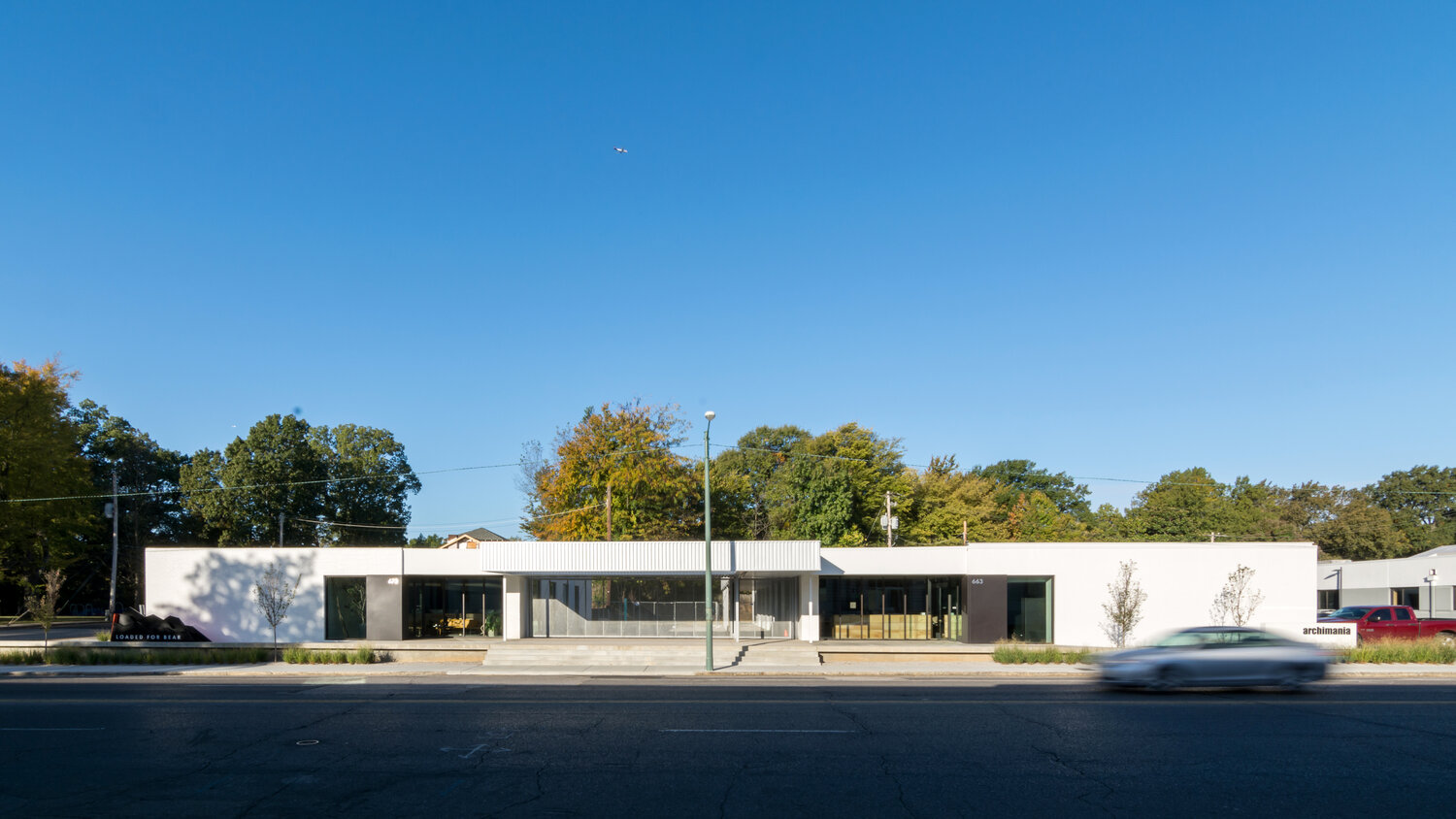
Ticking both the zero-carbon and zero-energy boxes, this high-performance build took two unloved, corporate offices in the residential Cooper Young district and upcycled them into a mixed-use micro village. Using a combination of solar panels and a geothermal system in the ground, the project now generates seven per cent more energy than it consumes. ‘This is a model for how to take an existing site that’s very ordinary, and make it extraordinary,’ says Archimania’s senior associate Jacob Davis, who hopes that this radical recycling of existing buildings will be rolled out throughout the US.
Orange Mound Tower
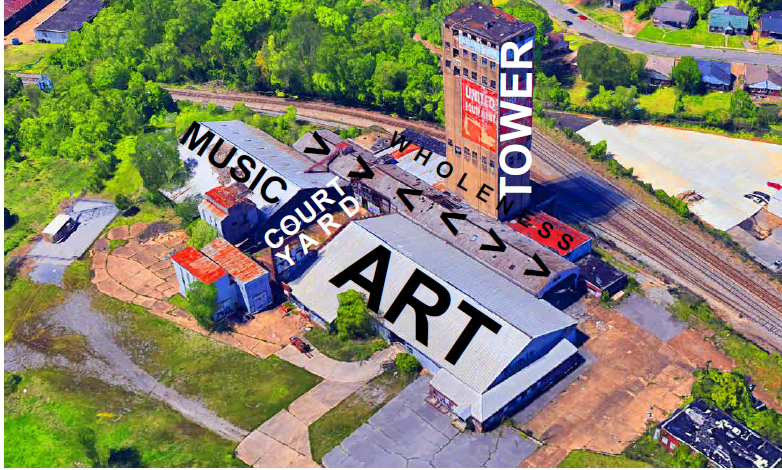
This abandoned United Equipment tower rises above the Orange Mound skyline: the first neighbourhood in the US built solely by and for African Americans. Taking on the herculean task of revitalizing the derelict concrete tower into a beacon of hope, artist Victoria Jones and music producer James Dukes purchased the site to transform it into a mixed-use development, including a creative incubator featuring galleries and performance spaces. With the development expected to contain 100,000 sq ft of space, Looney Ricks Kiss and Aaron Patrick Architects have completed the master plan. Jones and Dukes are currently seeking a lead architect to bring their vision to life, with construction planned for 2023.
Wallpaper* Newsletter
Receive our daily digest of inspiration, escapism and design stories from around the world direct to your inbox.
Central Station Hotel, by Bounds & Gillespie Architects in association with Looney Ricks Kiss
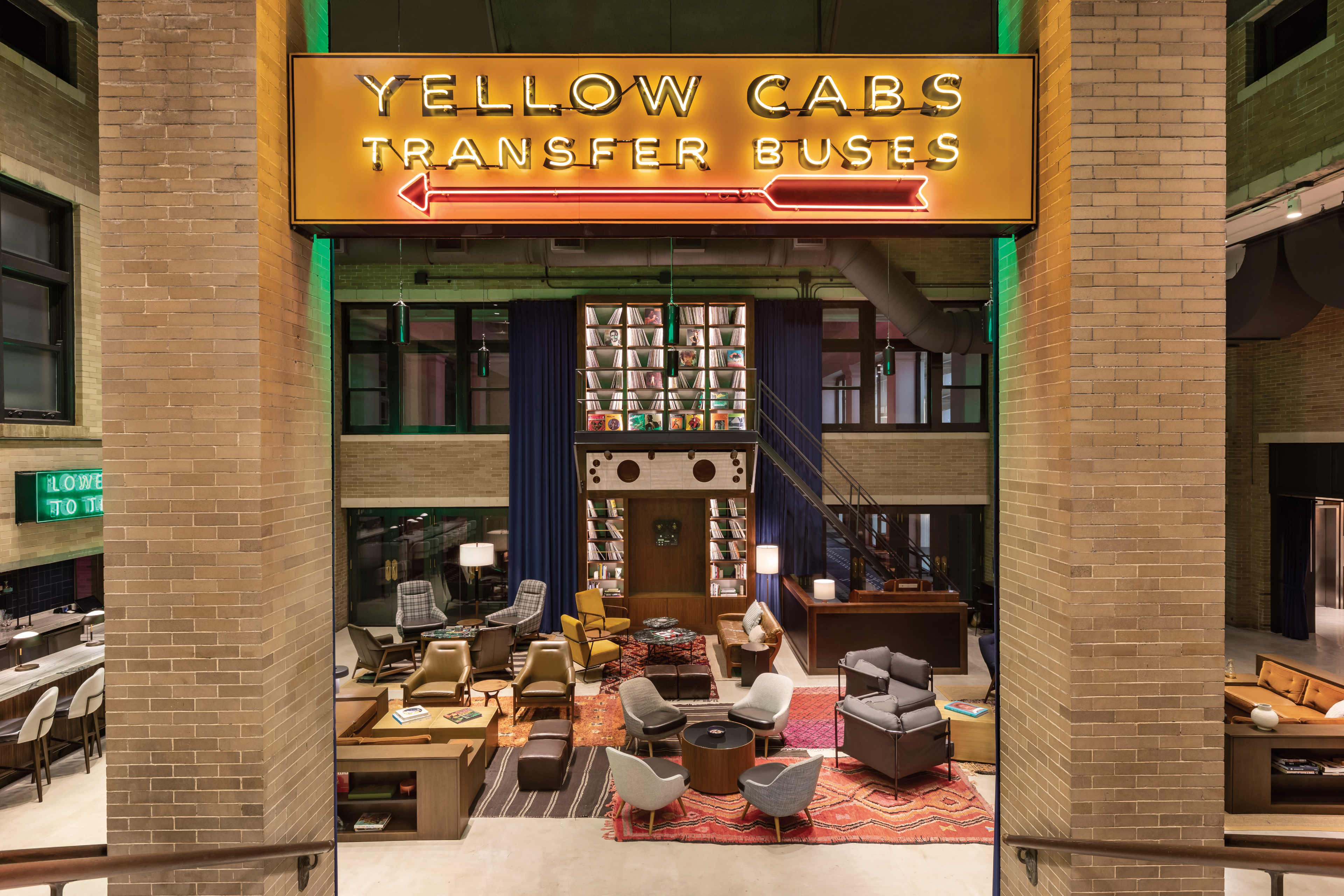
Memphis’ South Main Arts District is an area on the up, bolstered by the 2019 opening of Central Station Hotel in a renovated train station. Completion was no small feat, with the project needing to preserve the character of the 105-year-old building and incorporate a still functioning Amtrak ticket office, alongside operating as a hotel, restaurant and bustling lobby bar. The thread that weaves throughout is Memphis’ legendary music scene, from the high-tech EgglestonWorks listening lounge to the original train platform, reborn as a stage for local bands.
INFORMATION
-
 Japan in Milan! See the highlights of Japanese design at Milan Design Week 2025
Japan in Milan! See the highlights of Japanese design at Milan Design Week 2025At Milan Design Week 2025 Japanese craftsmanship was a front runner with an array of projects in the spotlight. Here are some of our highlights
By Danielle Demetriou
-
 Tour the best contemporary tea houses around the world
Tour the best contemporary tea houses around the worldCelebrate the world’s most unique tea houses, from Melbourne to Stockholm, with a new book by Wallpaper’s Léa Teuscher
By Léa Teuscher
-
 ‘Humour is foundational’: artist Ella Kruglyanskaya on painting as a ‘highly questionable’ pursuit
‘Humour is foundational’: artist Ella Kruglyanskaya on painting as a ‘highly questionable’ pursuitElla Kruglyanskaya’s exhibition, ‘Shadows’ at Thomas Dane Gallery, is the first in a series of three this year, with openings in Basel and New York to follow
By Hannah Silver
-
 This minimalist Wyoming retreat is the perfect place to unplug
This minimalist Wyoming retreat is the perfect place to unplugThis woodland home that espouses the virtues of simplicity, containing barely any furniture and having used only three materials in its construction
By Anna Solomon
-
 We explore Franklin Israel’s lesser-known, progressive, deconstructivist architecture
We explore Franklin Israel’s lesser-known, progressive, deconstructivist architectureFranklin Israel, a progressive Californian architect whose life was cut short in 1996 at the age of 50, is celebrated in a new book that examines his work and legacy
By Michael Webb
-
 A new hilltop California home is rooted in the landscape and celebrates views of nature
A new hilltop California home is rooted in the landscape and celebrates views of natureWOJR's California home House of Horns is a meticulously planned modern villa that seeps into its surrounding landscape through a series of sculptural courtyards
By Jonathan Bell
-
 The Frick Collection's expansion by Selldorf Architects is both surgical and delicate
The Frick Collection's expansion by Selldorf Architects is both surgical and delicateThe New York cultural institution gets a $220 million glow-up
By Stephanie Murg
-
 Remembering architect David M Childs (1941-2025) and his New York skyline legacy
Remembering architect David M Childs (1941-2025) and his New York skyline legacyDavid M Childs, a former chairman of architectural powerhouse SOM, has passed away. We celebrate his professional achievements
By Jonathan Bell
-
 The upcoming Zaha Hadid Architects projects set to transform the horizon
The upcoming Zaha Hadid Architects projects set to transform the horizonA peek at Zaha Hadid Architects’ future projects, which will comprise some of the most innovative and intriguing structures in the world
By Anna Solomon
-
 Frank Lloyd Wright’s last house has finally been built – and you can stay there
Frank Lloyd Wright’s last house has finally been built – and you can stay thereFrank Lloyd Wright’s final residential commission, RiverRock, has come to life. But, constructed 66 years after his death, can it be considered a true ‘Wright’?
By Anna Solomon
-
 Heritage and conservation after the fires: what’s next for Los Angeles?
Heritage and conservation after the fires: what’s next for Los Angeles?In the second instalment of our 'Rebuilding LA' series, we explore a way forward for historical treasures under threat
By Mimi Zeiger